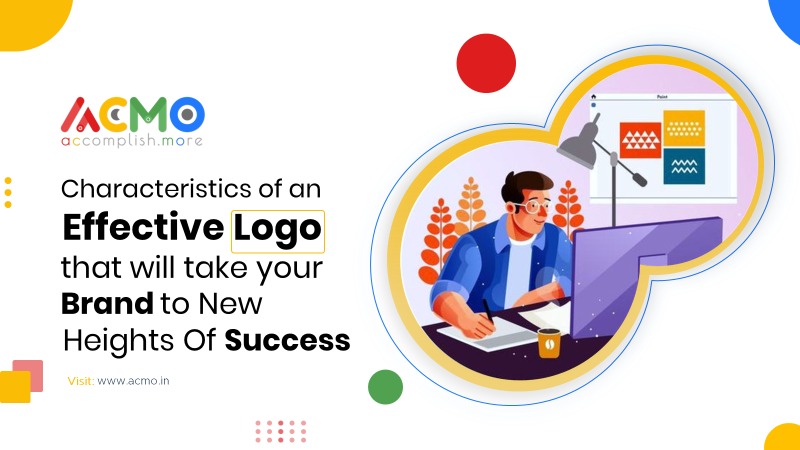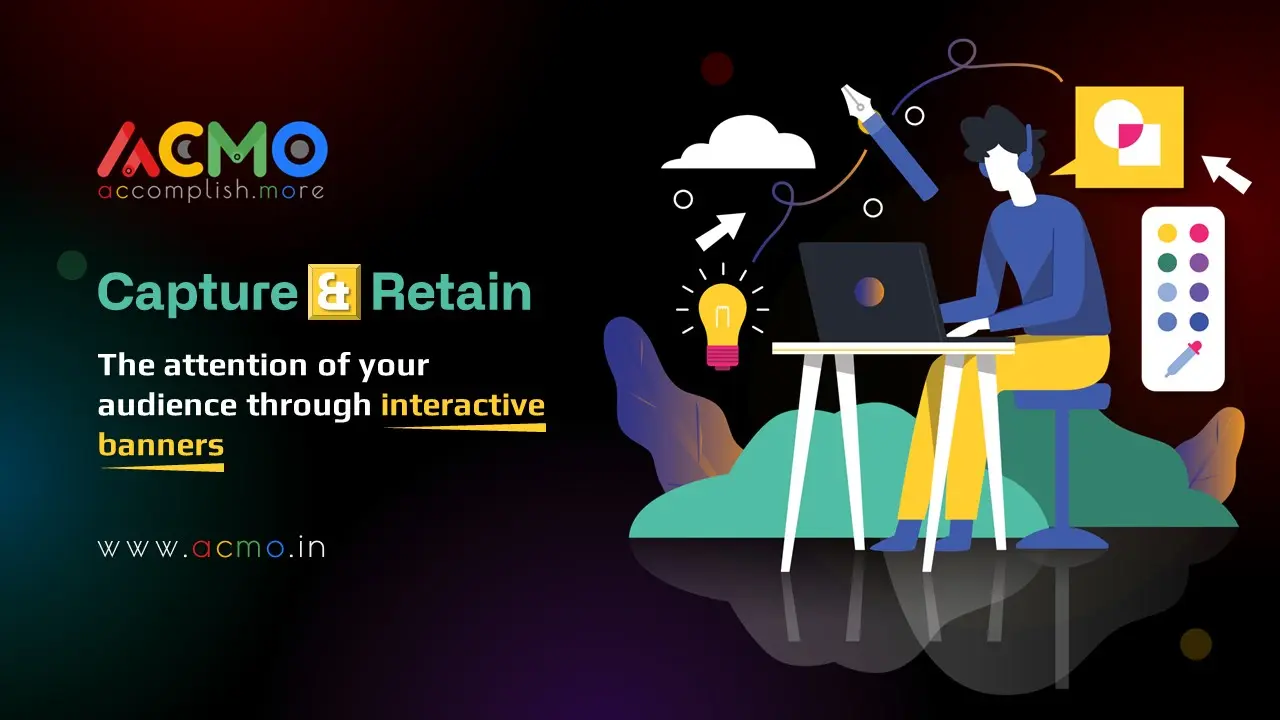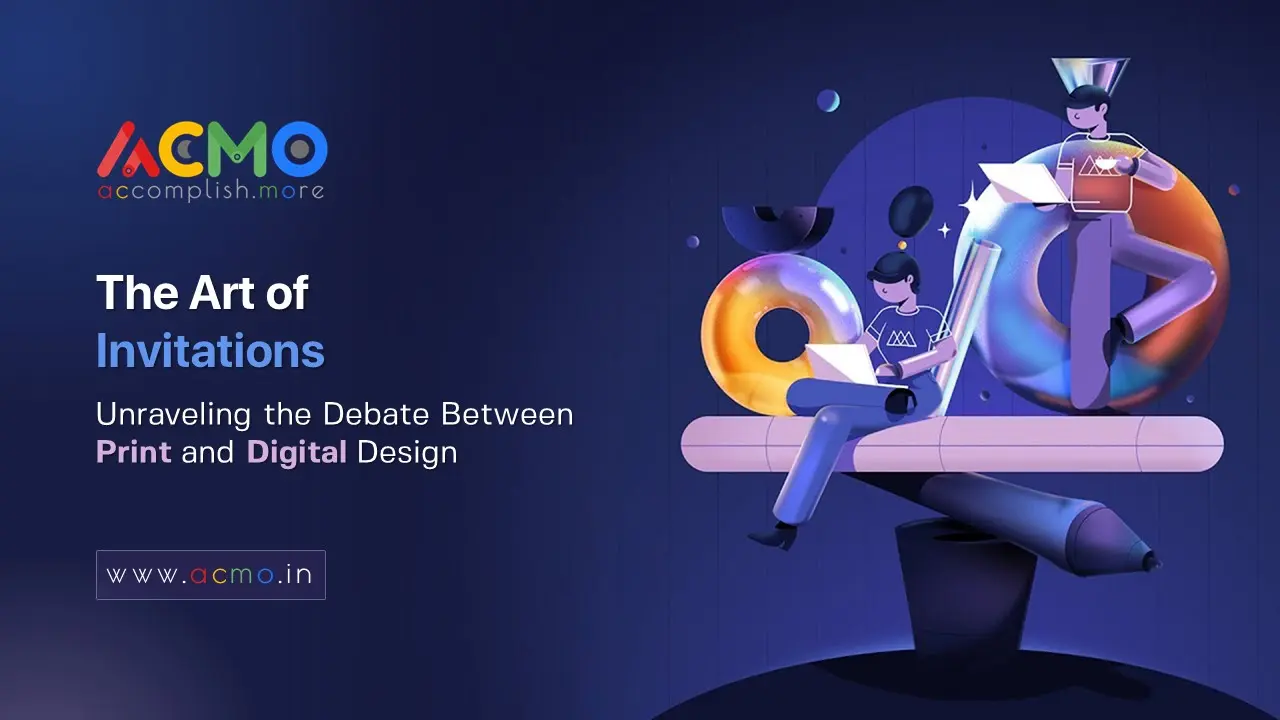The formation of a logo can help in curating the best visual design for your brand. A wonderfully designed logo can not help you always if not formulated properly. It may rather ruin your brand position because mere visuals are not fine. You need visuals with proper alignment, only then can it function. Crafting an effective logo involves a delicate dance of design elements that elevate a brand to new heights of success. Typography choices lay the foundation for a distinctive visual identity, while color theory evokes specific emotions and associations. The art of visual communication, coupled with thoughtful icon design, ensures that the logo communicates the essence of the brand at a glance. Responsive design allows you to adapt the logo seamlessly across various platforms, reflecting a modern and versatile image. Design concepts, guided by creative direction, shape a logo that resonates with the target audience. The inclusion of digital art adds a contemporary flair, with collateral design allowing to extend the logo’s impact across diverse brand materials. Interactive design thinking allows users to predict the audience engagement digitally. Lastly, all these features need a professional and trusted design partner that will provide expertise and insight to create a logo that becomes a beacon of success for the brand. Having a logo communicates ownership, quality, and values. It speaks about your product, and business overall. It is a combination of elements that result in logo design. Our team extends its Designing service in this sector as well. Look at Branding & Graphics Services, to understand more.
Let us look into some of the characteristics of a professional logo:
Strong and balanced logo
The logo of your company should represent your business overall. It should through its graphics and symbolic representation reflect the essence of your company. Keep your audience and products/services in mind because you want your logo to reflect your business. You should favor logo design that has a strong, and balanced look.
Keep it simple
Simplicity reflects high standard. It will make a logo design easily recognizable, versatile and memorable. Good logos reflect essence, convey people with its powerful presentation in a simple manner, rather then reflecting chaos. A simple logo is explicable thereby conveying the brand’s identity efficiently. It is also a medium to attract potential customers in no time.
Make it relevant
A logo is a visual portrayal of a brand. Thus, it should be relevant to the company it is representing. Make sure to hire people who know what design suits your firm. Create designs that in themselves speak about your firm. The logo should be appropriate for its intended audience. For example, a child-like font and color scheme would be appropriate as a logo for a children’s toy store, not so much for a law firm.
Scalable logo
Since your logo appears on all your physical and online marketing material, it should be scalable. Scalability allows the logo to be increased or reduced in size without losing its intrinsic message. Weather you want to put your logo on a board or small formats like business cards, brochures, t-shirt designs, and other marketing materials such as embroidery, stamping, embossing, etc. It should be visible in a clear form in each of these spaces without losing its essence.
Memorable logos
As the very first step, you should ensure you hire designers who can curate the best for you. They should be able to design logos that are simple yet profound. Your company logo should naturally be able to make its space in the minds of people, so that it becomes memorable. A memorable logo captures the audience’s attention and embeds itself in the viewers’ minds. It is also easy to recall even after the person has viewed the logo only once.
Logo should be Timeless
“Trends are good, but innovation is better.”
Since your logo is the graphical representation of your business, you want to remain constant even after many years. Your logo should not get obsolete within a few years. Aim for longevity in your logo design since it should be timeless and enduring, despite the changing trends. Get everlasting logos designed with us-Logo Designing
Unique and impersonal logo
The possibilities of designs are endless with thousands upon thousands of fonts, billions of color combinations, and an infinite flow of design ideas. Amidst all these choices, your smart-work can make you select the unique logo for your brand. Make sure your logo is discrete and different, appealing and catchy. Besides, always be careful about-For whom you are designing? Ask yourself this question repeatedly because if you just consider it fit for yourself then it may not work at all. You should restrain from making it personal in every aspect. Know that ultimately it is customers who you have to grab.
Conclusion
A logo is the visual rendition of a brand and the building block of its branding. Well-designed logos help your company achieve prominence and distinction amongst the customer base. It grabs attention and makes a great first impression if done right. Always begin with a strategy. The key is to identify your value proposition. Focus on what it is that your organization does differently and better than your competition before you begin doing anything visual.
Also, remember that “your Logo Isn’t Set In Stone.” It should evolve with the times and as your business grows. Either keep a constant eye on it to update it, or design once for all, which you know will serve you long.



